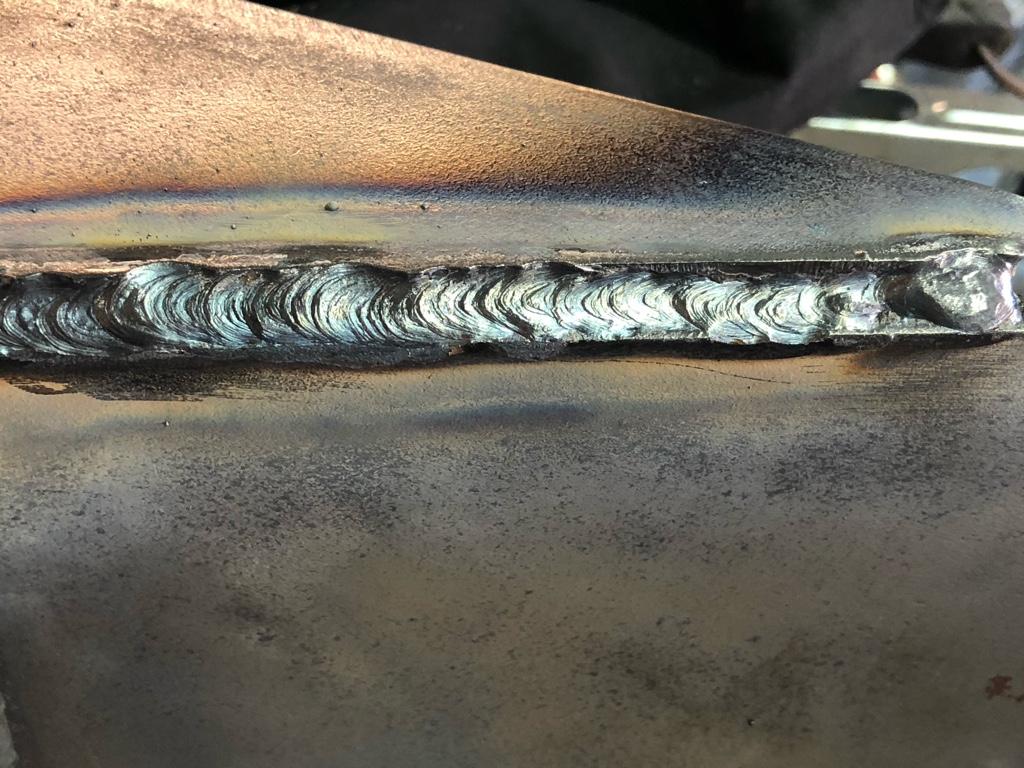Exactly How to Prevent Weld Undercut: Necessary Tips for Welders
Exactly How to Prevent Weld Undercut: Necessary Tips for Welders
Blog Article
Grasping the Art of Welding: How to Prevent Undercut Welding Issues for Flawless Manufacture Results
By understanding the root triggers of undercut welding and applying reliable techniques to avoid it, welders can raise their craft to brand-new degrees of quality. In the search of remarkable manufacture outcomes, mastering the art of welding to prevent undercut problems is not simply an ability yet a need for those making every effort for excellence in their job.
Comprehending Undercut Welding

To avoid undercut welding, welders must ensure appropriate welding criteria, such as adjusting the existing, voltage, travel speed, and keeping the right electrode angle. Additionally, utilizing the suitable welding strategy for the specific joint setup is crucial. Employing weaving movements or backstepping strategies can help guarantee correct weld steel deposition and reduce the possibility of undercut development. Regular evaluation of welds throughout and after the welding procedure is additionally essential to capture any type of undercut very early and make essential changes to avoid additional issues. Preventing weld undercut. By recognizing the reasons for undercut welding and carrying out safety nets, welders can attain top notch, structurally audio welds.
Sources Of Undercut in Welding
Comprehending the aspects that contribute to damage in welding is crucial for welders to produce premium, structurally sound welds. Insufficient welding wrong or current welding rate can also contribute to damage. Understanding these causes and applying appropriate welding methods can assist avoid damaging problems, ensuring solid and durable welds.
Methods to avoid Undercutting

To minimize the threat of undercutting in welding, welders can use strategic welding methods aimed at improving the quality and integrity of the weld joints. In addition, using the appropriate welding method for the details joint configuration, such as weave or stringer grains, can contribute to lowering undercutting.
Additionally, correct joint prep work, consisting of making sure clean base products totally free of impurities and making use of the ideal welding consumables, is essential in stopping undercut flaws. Utilizing back-step welding methods and controlling the weld bead profile can likewise help distribute warm evenly and lessen the risk of undercut. Normal assessment of the weld joint during and after welding, along with carrying out quality control steps, can assist in identifying and attending to undercutting concerns quickly. By applying these methods faithfully, welders can accomplish remarkable construction results with minimal undercut flaws.
Importance of Proper Welding Specifications
Picking and keeping appropriate welding parameters is vital for attaining effective welds with minimal defects. Welding specifications refer to variables such as voltage, present, take a trip rate, electrode angle, and securing gas circulation price that straight influence the welding procedure. These criteria additional resources must be thoroughly changed based on the type of material being welded, its thickness, and the welding technique utilized.
Appropriate welding specifications make sure the ideal quantity of warm is related to melt the base metals and filler material uniformly. If the parameters are established also high, it can lead to too much warmth input, creating spatter, distortion, or burn-through. On the various other hand, if the specifications are as well low, incomplete fusion, try this out absence of infiltration, or damaging might happen.
Quality Assurance in Welding Procedures

Conclusion
Finally, understanding the art of welding needs an extensive understanding of undercut welding, its causes, and techniques to stop it. By making certain correct click reference welding parameters and executing quality control practices, remarkable construction results can be achieved. It is vital for welders to constantly pursue quality in their welding operations to stay clear of undercut problems and generate premium welds.
Undercut welding, a common flaw in welding processes, happens when the weld steel doesn't effectively fill the groove and leaves a groove or clinical depression along the welded joint.To stop undercut welding, welders should make sure proper welding specifications, such as readjusting the current, voltage, travel rate, and maintaining the right electrode angle. Poor welding current or inaccurate welding speed can additionally contribute to undercut.To alleviate the threat of undercutting in welding, welders can utilize critical welding techniques aimed at improving the top quality and integrity of the weld joints.In conclusion, grasping the art of welding calls for an extensive understanding of undercut welding, its reasons, and strategies to stop it.
Report this page